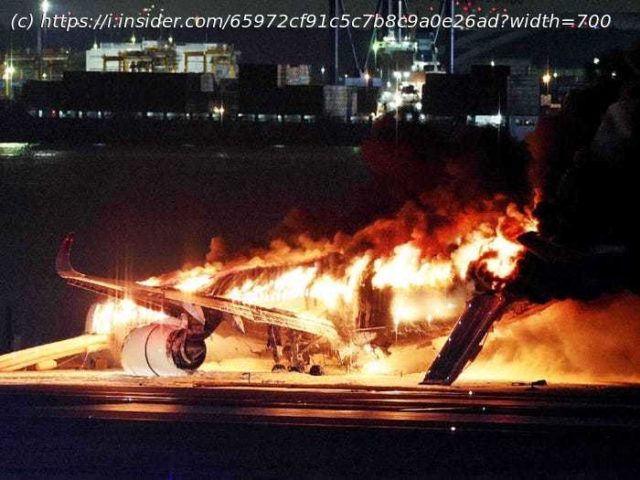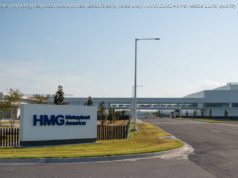A theory that air accidents are often the result of a series of smaller errors may explain why an Airbus A350 crashed into a smaller plane in Tokyo.
A Japan Airlines Airbus A350 erupted into a fireball this week after colliding with a Japanese coast guard aircraft on a runway at Tokyo’s Haneda Airport.
Five people in the coast guard plane, a smaller Dash-8 turboprop, died. However, in what many people call a miracle, all 379 passengers and crew aboard the A350 jetliner survived.
The aircraft only had three of its eight emergency exit doors available for the evacuation, which took about 18 minutes in total.
An investigation into the cause of the crash is underway. Still, it will likely be months before Japanese regulators release their preliminary findings, and it’s impossible to know for sure the root cause before then.
But information is already starting to emerge, with safety experts trying to piece together what happened. Former JAL pilot and aviation safety analyst Hiroyuki Kobayashi told Reuters the cause was likely pilot error.
A published air traffic control transcript said the Dash-8 pilot did not have clearance to enter the active runway. According to the recordings, the instruction was to hold short of the runway, not enter, though the Dash-8 pilot — the one person in the plane who survived the collision — told investigators he believed he had clearance to take off.
While this may look like a straightforward case of pilot error or negligence, a core causation model in aviation safety called the „Swiss cheese model“ could tell a different story.The JAL air crash was likely caused by several smaller errors
Air crashes are rarely caused by a single factor, but rather are a series of individual failures that collectively lead to an incident or accident.
This is commonly illustrated through the „Swiss cheese“ model. The „holes“ represent the failures, and the slices of cheese represent the layers of protection put in place to prevent those failures from turning into a catastrophe.
Using the method, safety professionals can more easily identify and address safety gaps before an event occurs, whether it be related to human error, technology, procedures, or everything in between.






